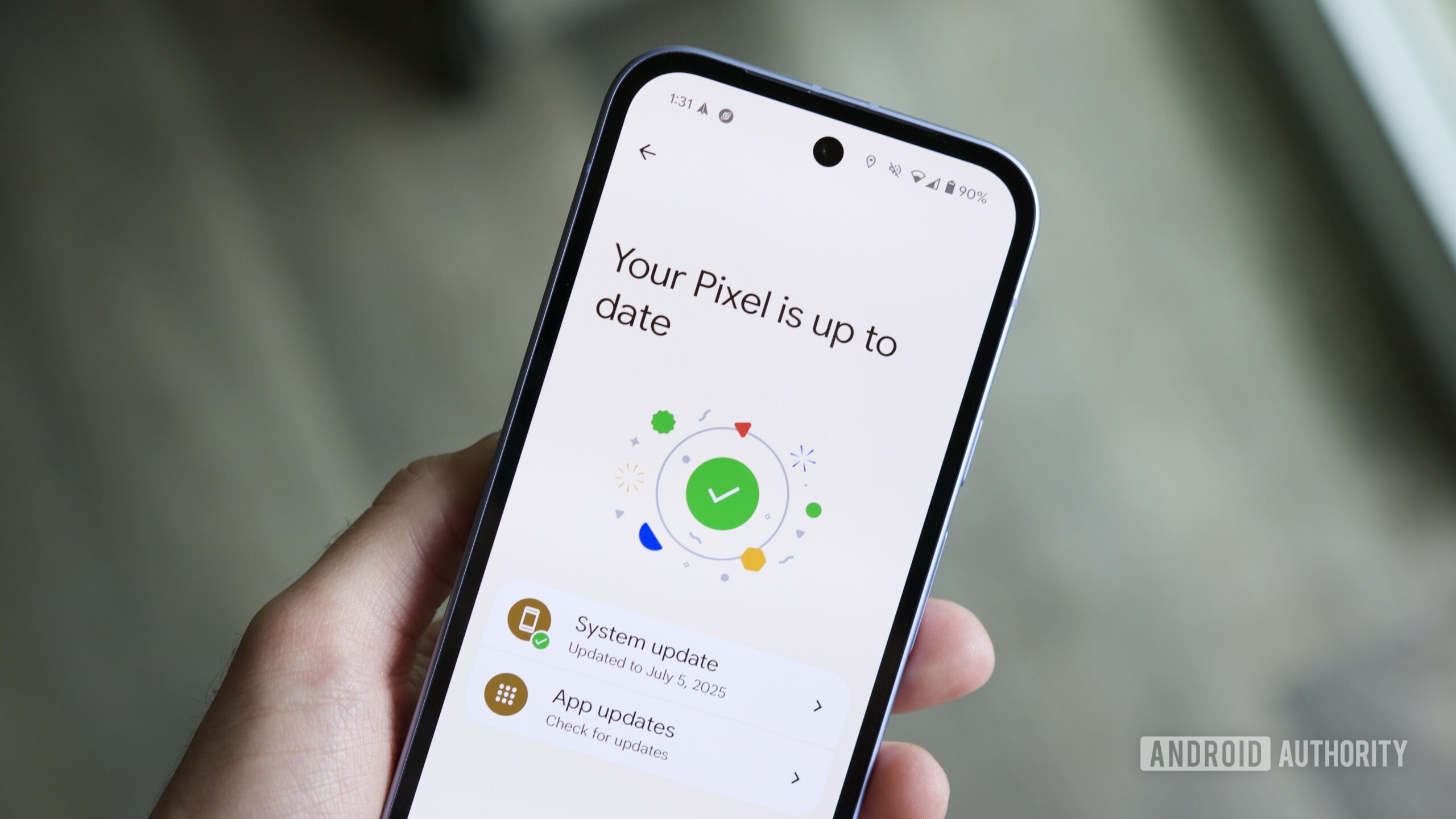Android OS
We are the Authority on Android. Breaking news, in-depth reviews, app lists, deals, and more.
Features
Guides
How-to's
All the latest
Android OS news
How I turned Android 16's Quick Settings into my smart home control center
Rita El Khoury10 hours ago
0
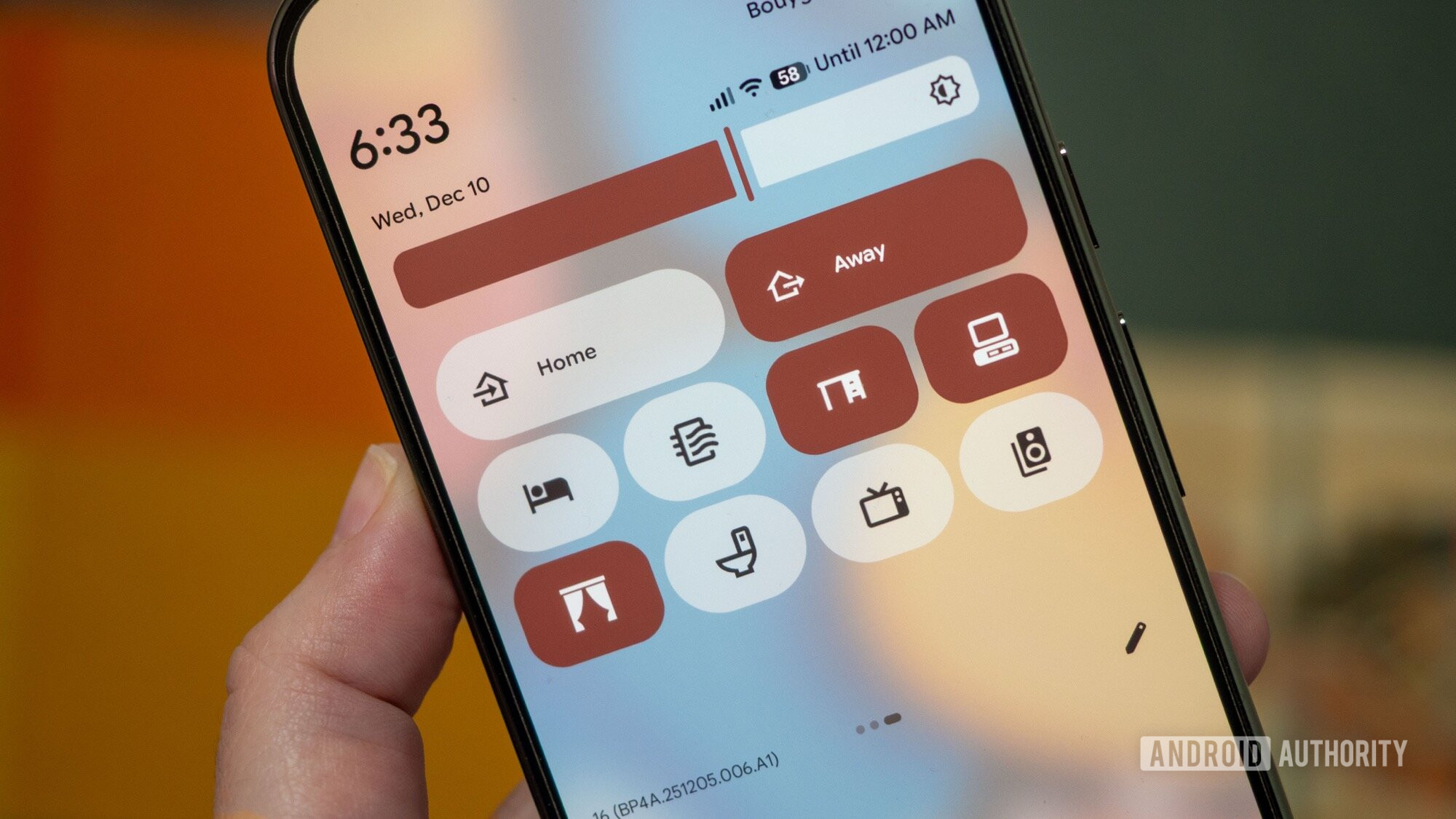
Android 17: Leaked features, codename, release date, and everything else we know so far
Aamir Siddiqui12 hours ago
0
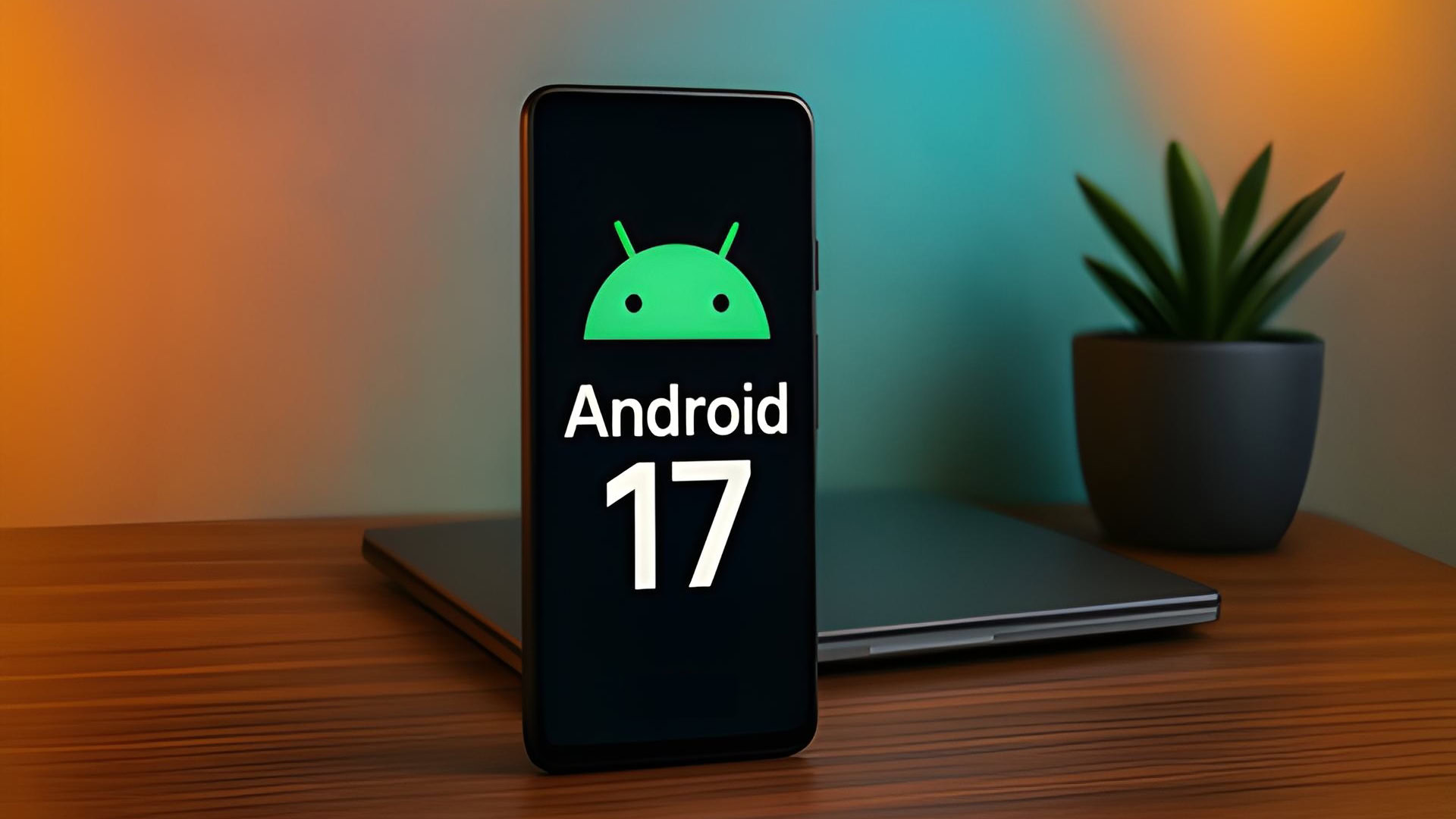
Android 16: Confirmed features, codename, leaks, release date, and everything else we know so far
Aamir Siddiqui12 hours ago
0
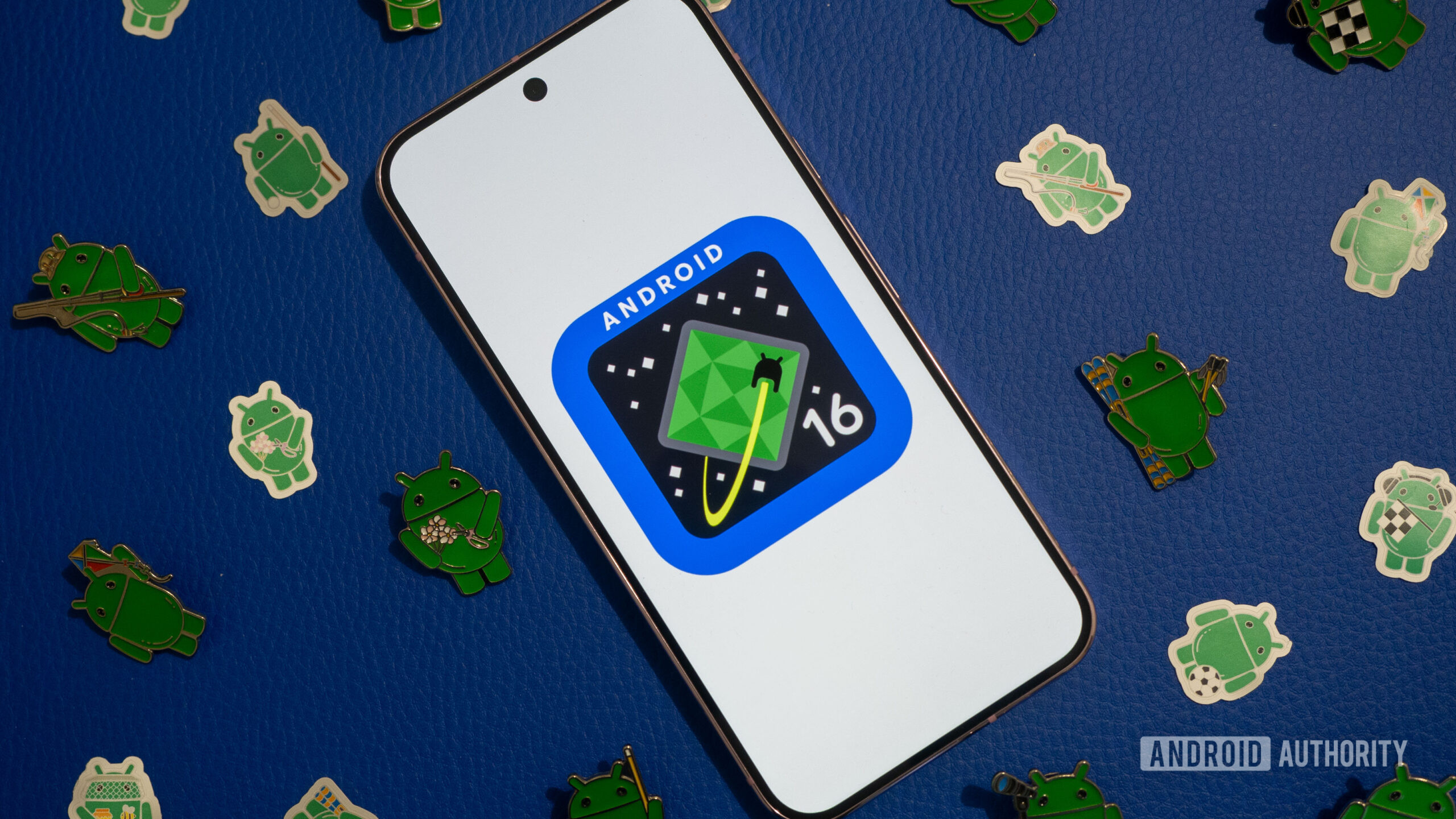
Android not receiving texts from iPhone? Here's how you can try to fix it
Roger FingasDecember 19, 2025
0
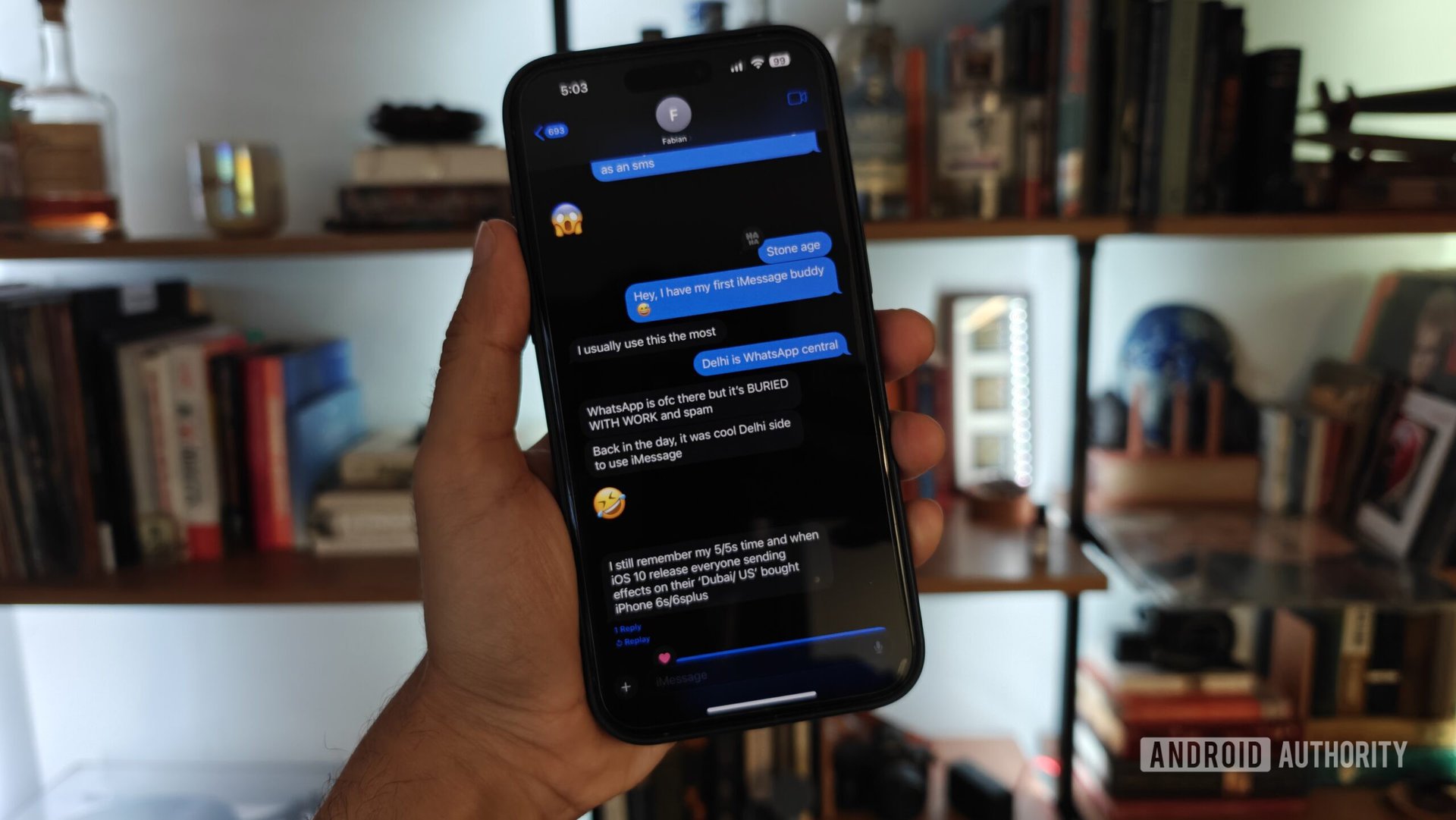
Android Auto keeps disconnecting? Here's how you can try to fix it
Roger FingasDecember 19, 2025
0
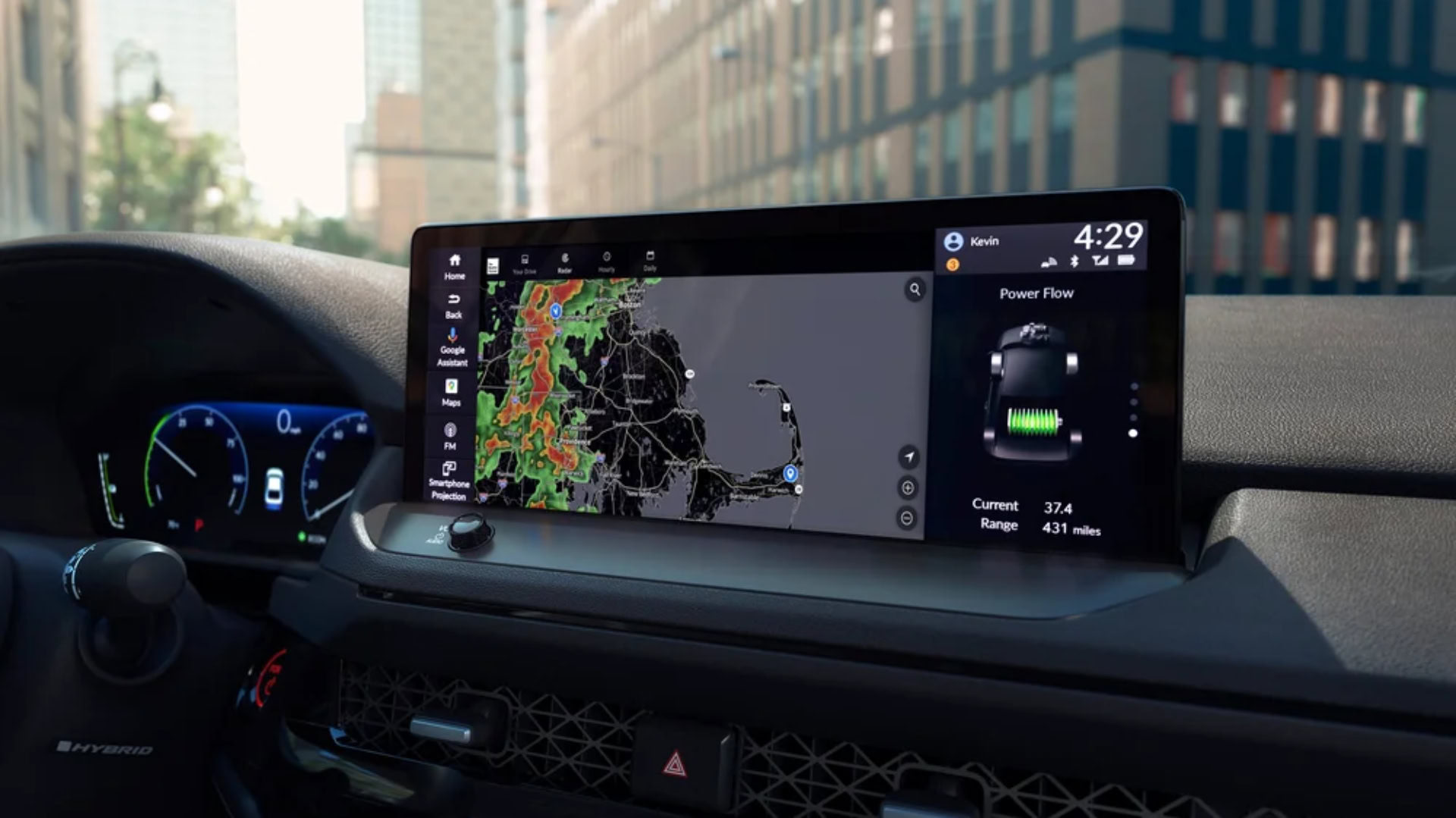
Every Android Easter egg and how to find it
Joe HindyDecember 19, 2025
0
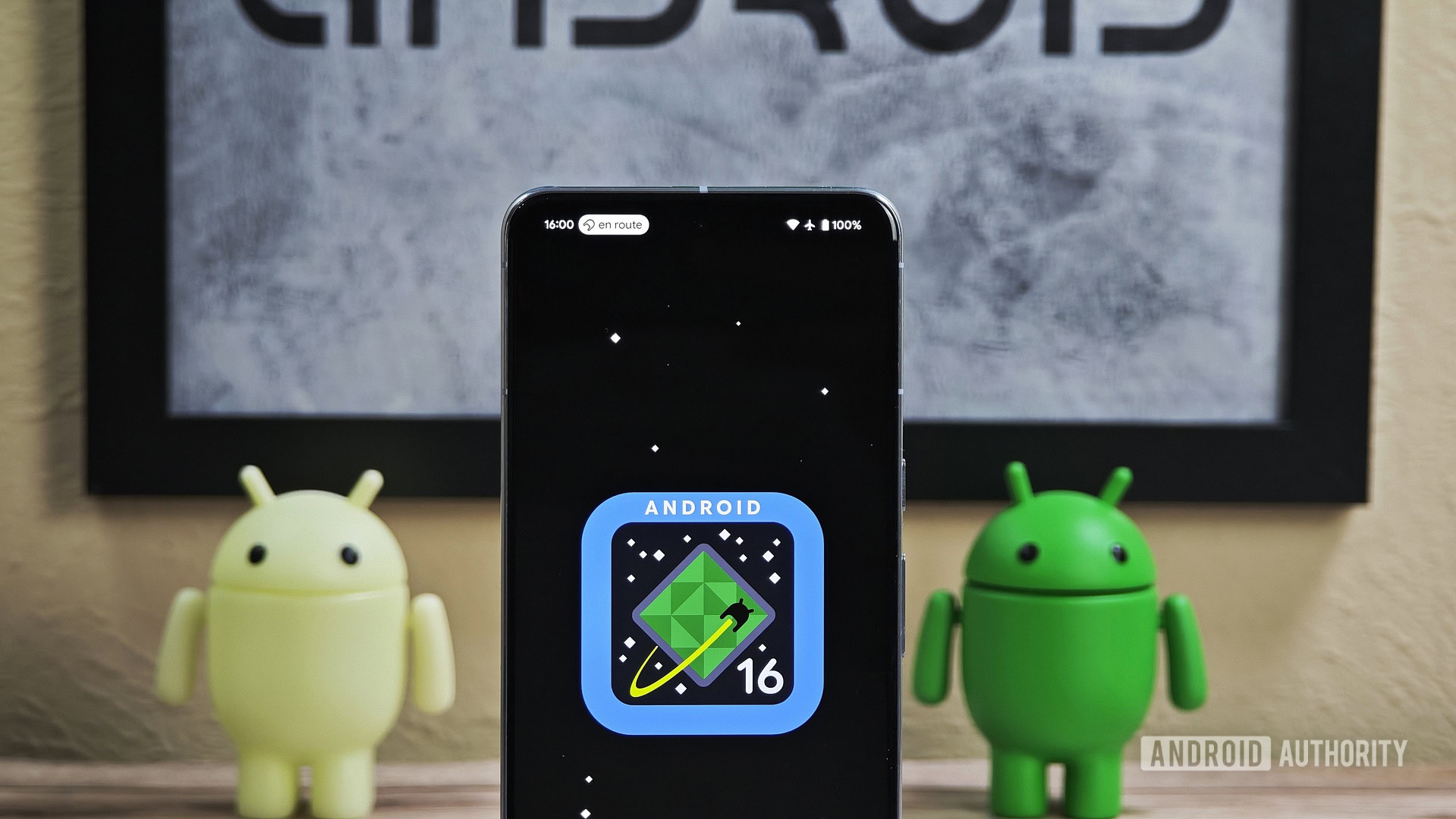
Your Pixel just got a major update. Here’s how to download Android 16 QPR3 Beta 1 right now
Joe MaringDecember 19, 2025
0
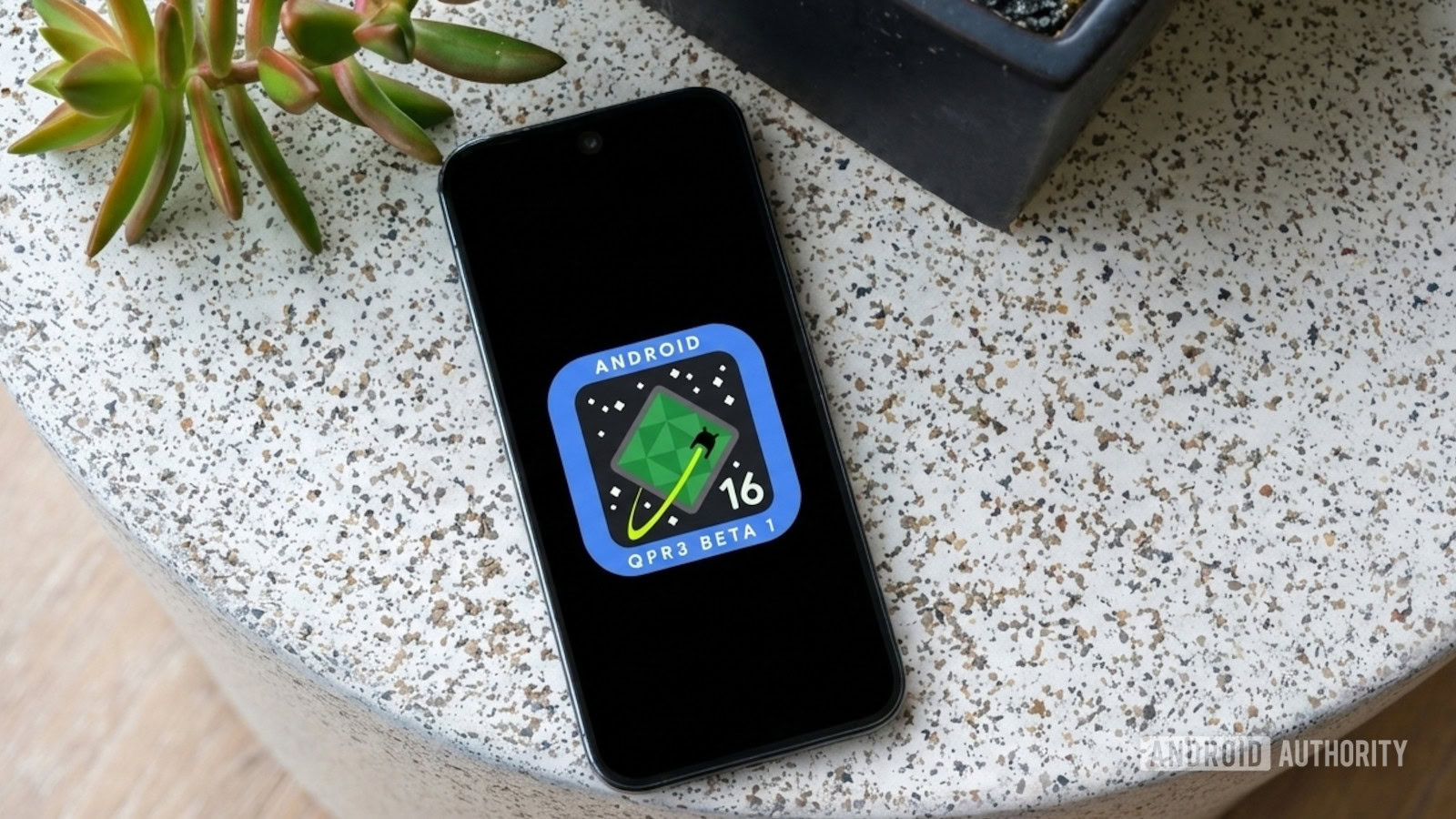
Is your Pixel getting Google's surprise December update? Here's every supported phone
Joe MaringDecember 18, 2025
0
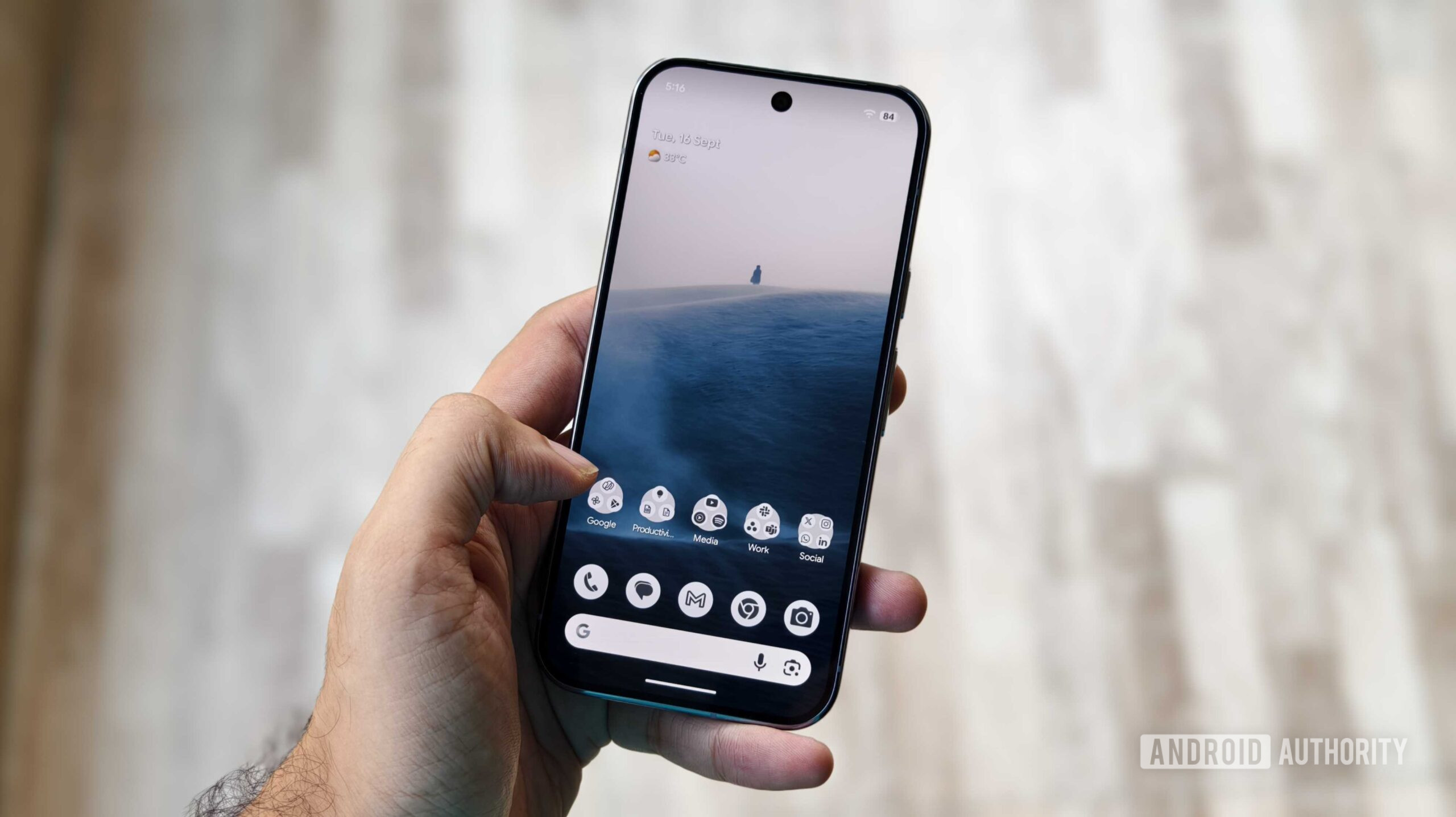
Here's every new feature for Pixel phones in Android 16 QPR3 Beta 1
Mishaal RahmanDecember 17, 2025
0
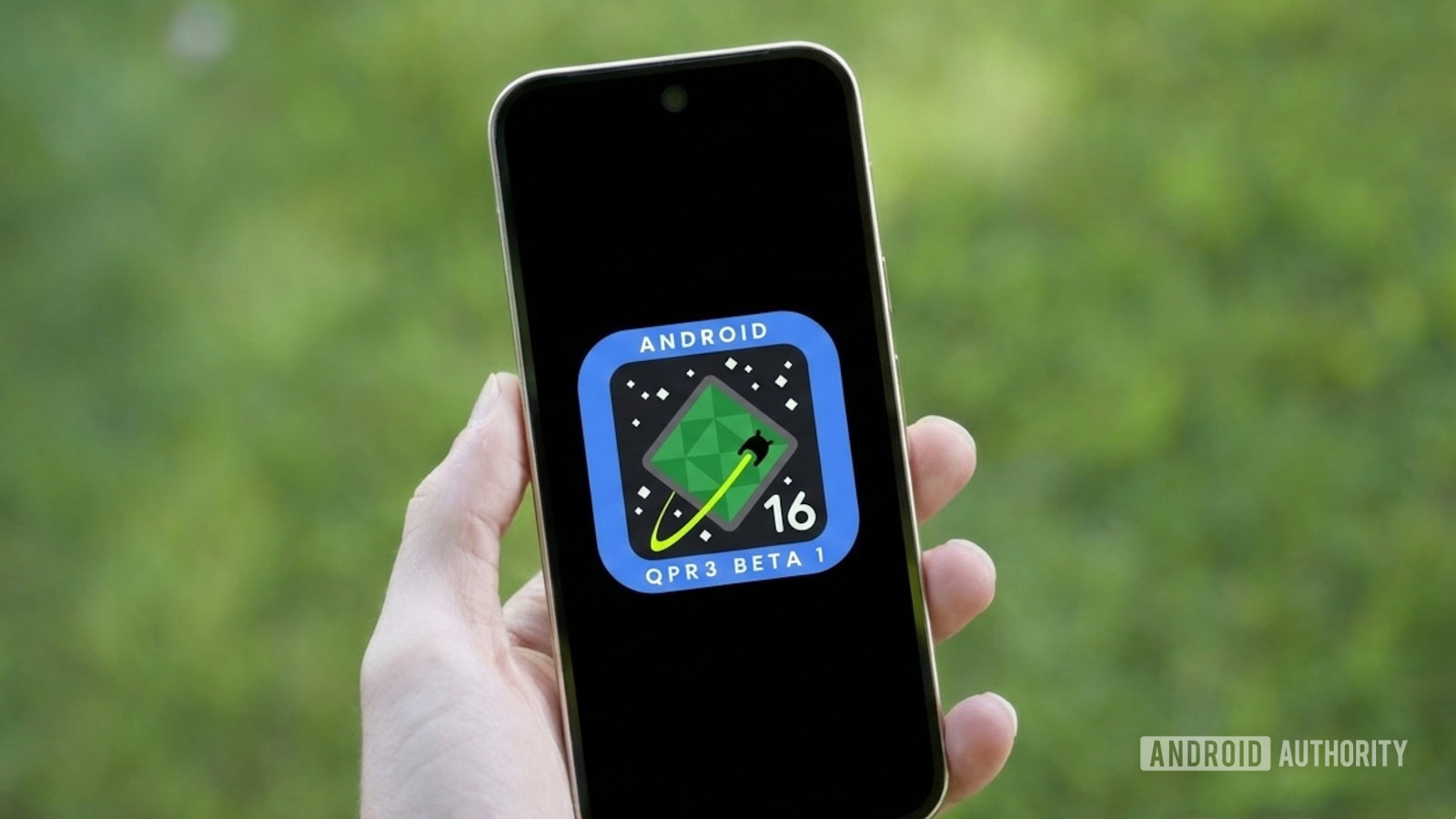
Material 3 Expressive deep dive: All you need to know about Android's big design upgrade
Adamya SharmaDecember 16, 2025
0
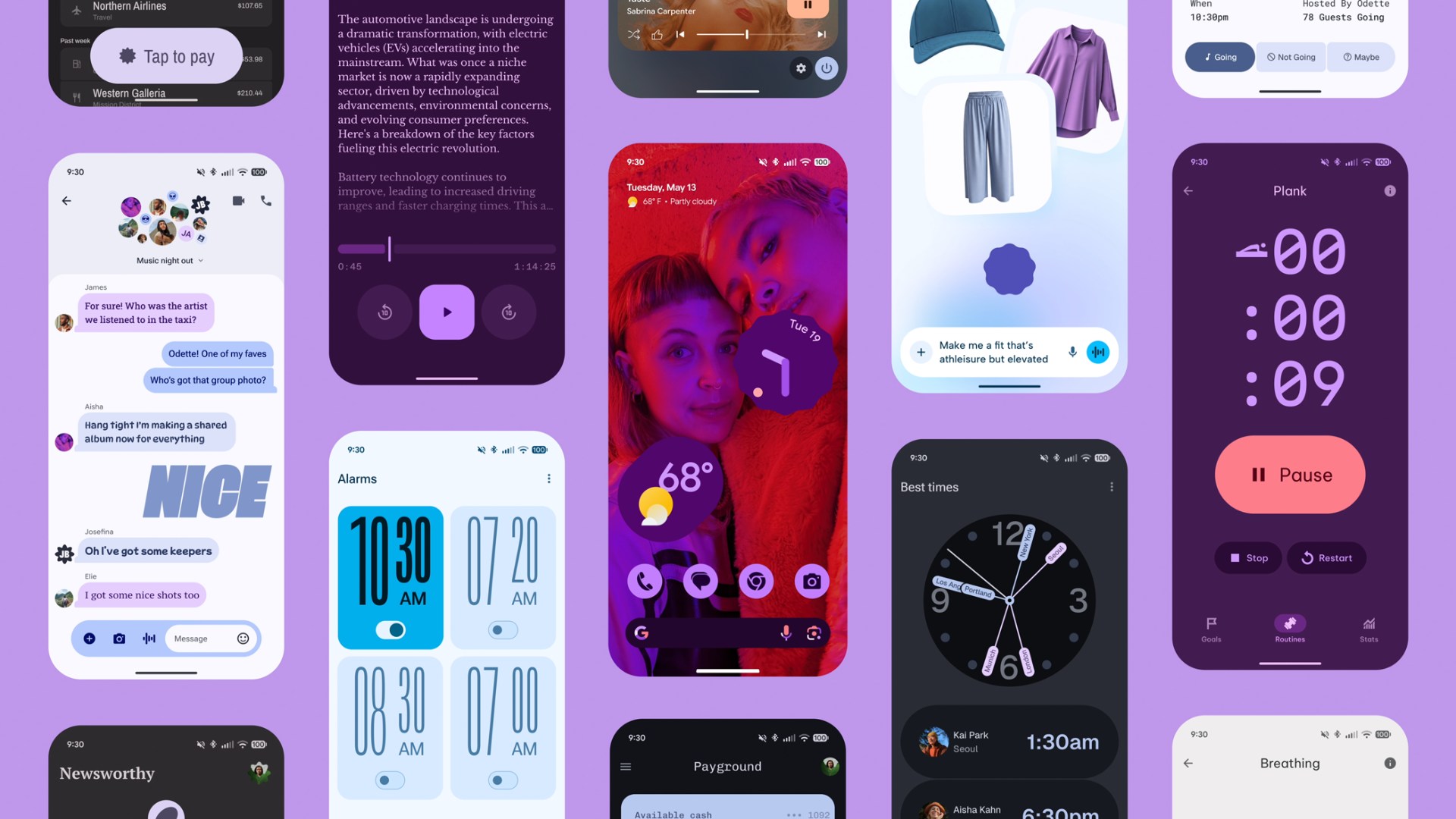
Google may finally reverse this controversial Quick Settings change
Mishaal Rahman8 hours ago
0
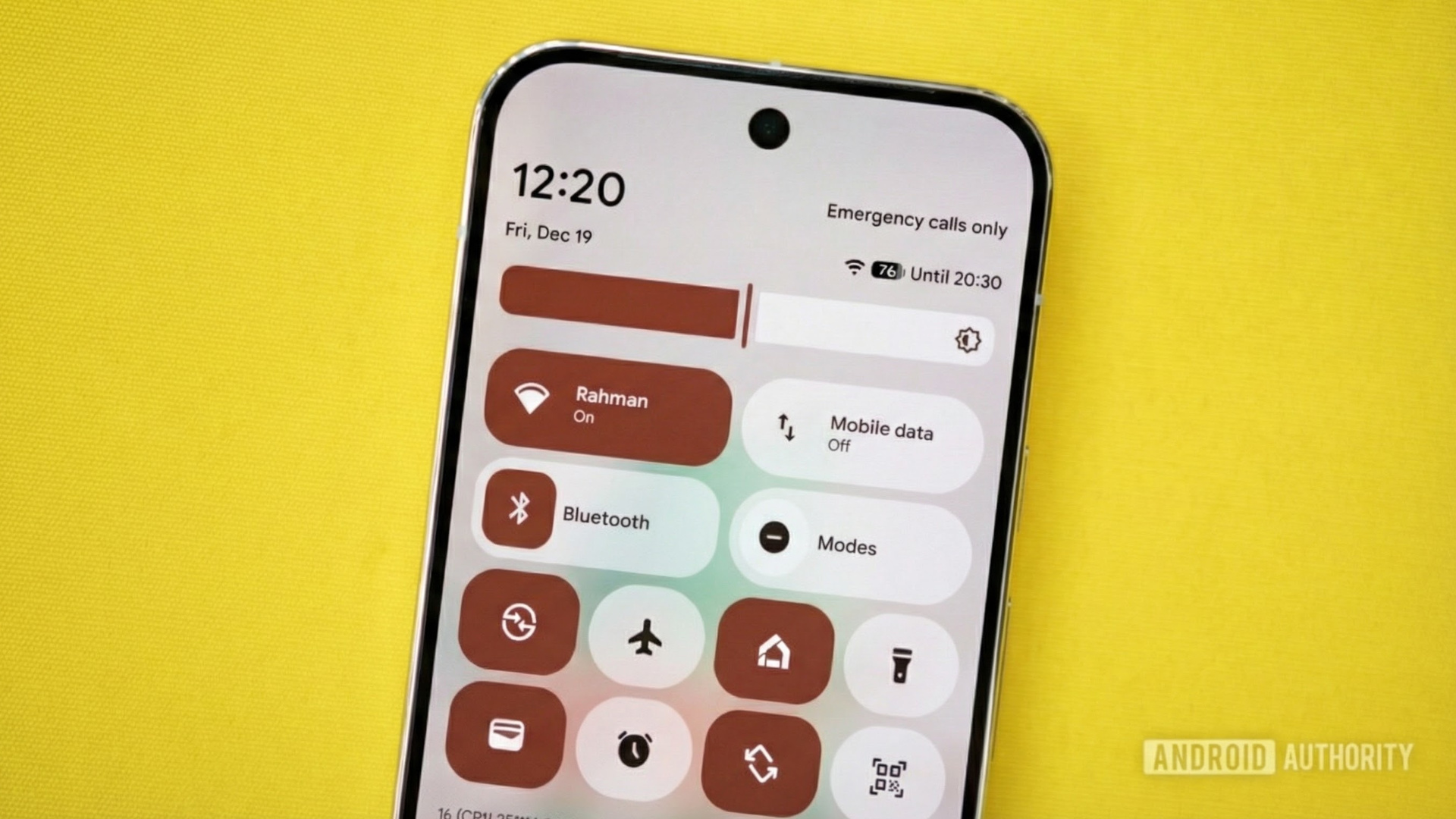
Your favorite ChatGPT chats may soon be much easier to access on Android
Tushar MehtaDecember 19, 2025
0
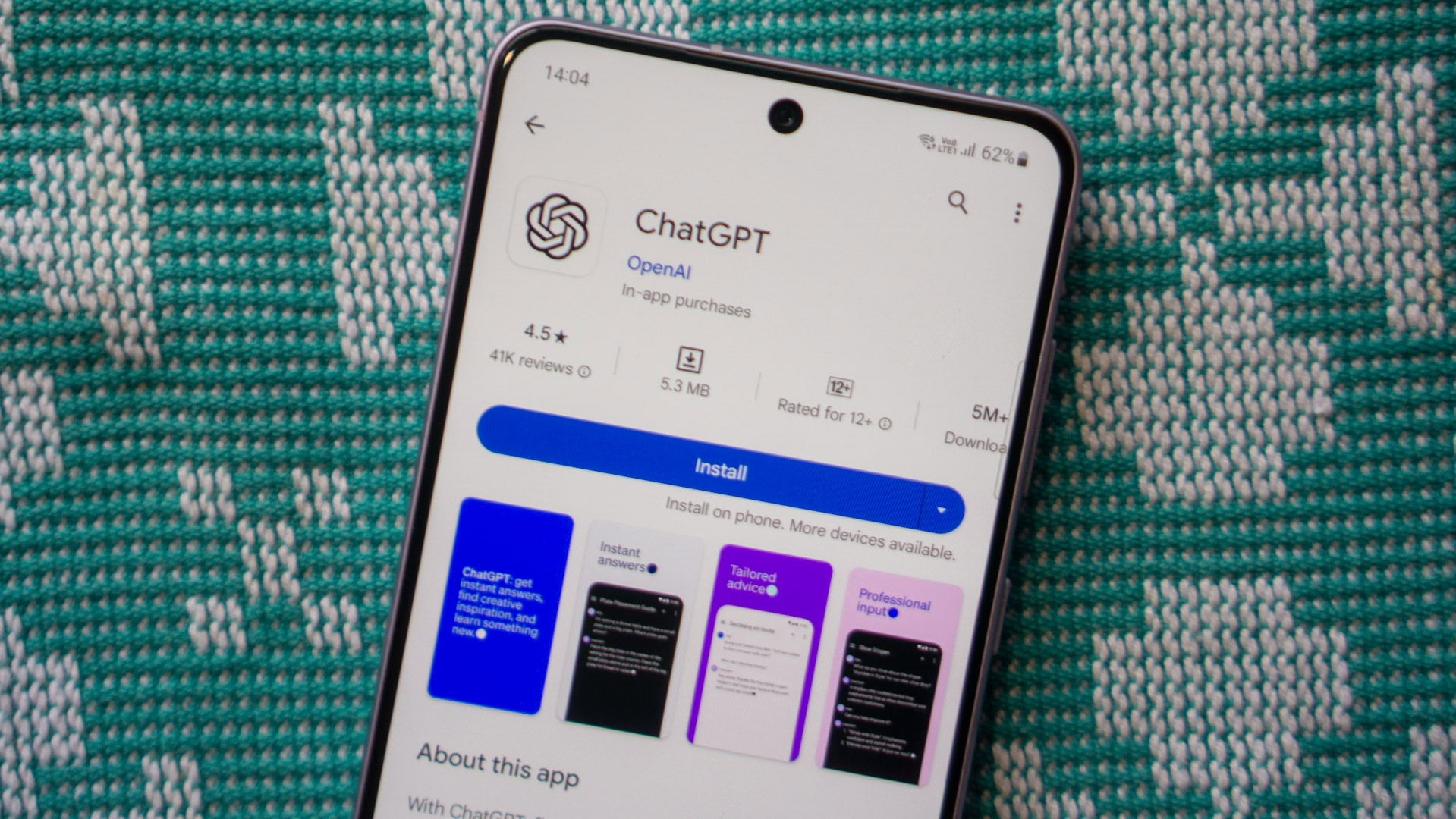
Craving more control over At a Glance on your Pixel home screen? Try QPR3 Beta 1
Stephen SchenckDecember 18, 2025
0
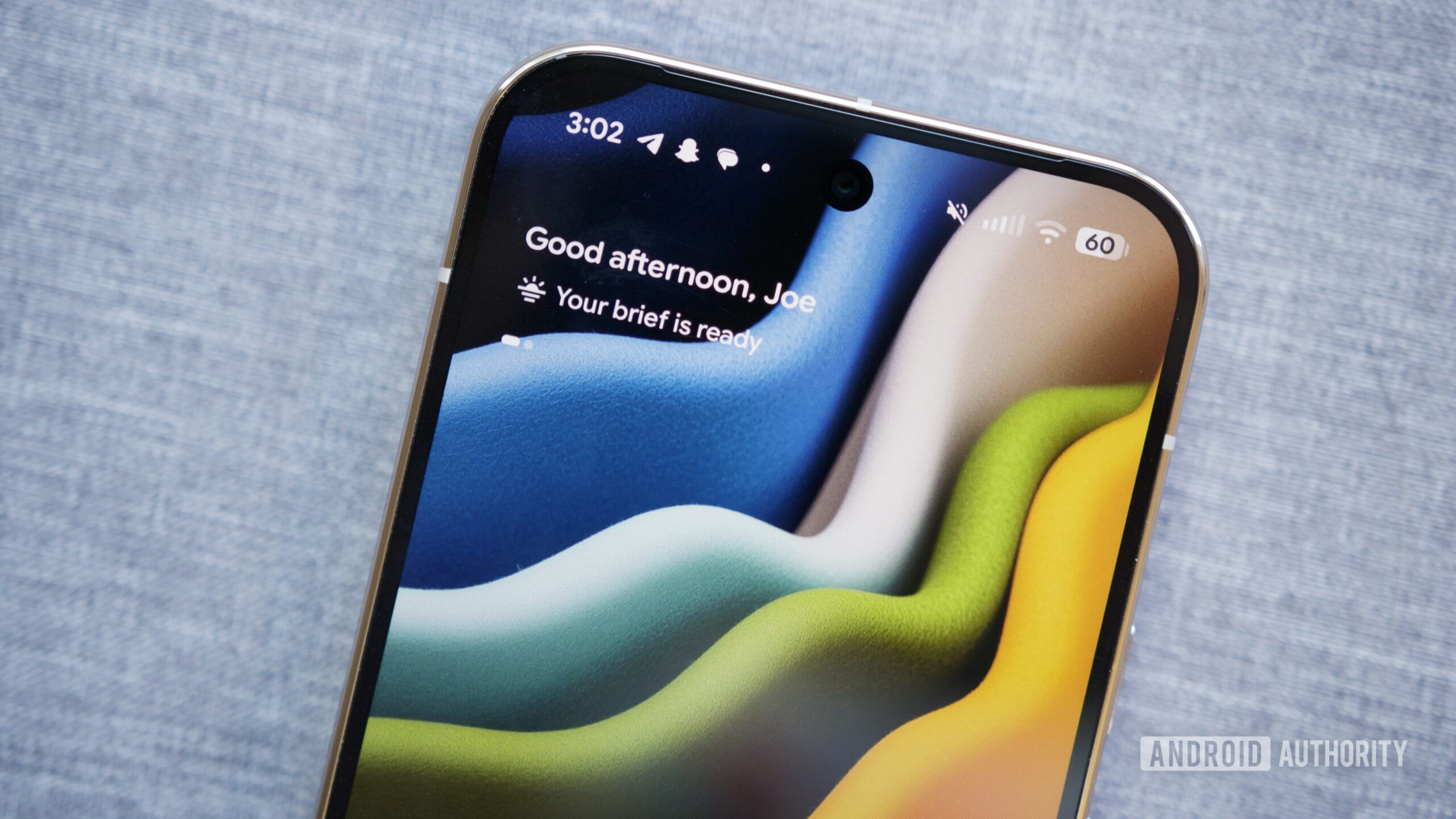
Android 16 QPR3 introduces over 160 new emoji: Here’s every single one of them
Mishaal RahmanDecember 18, 2025
0
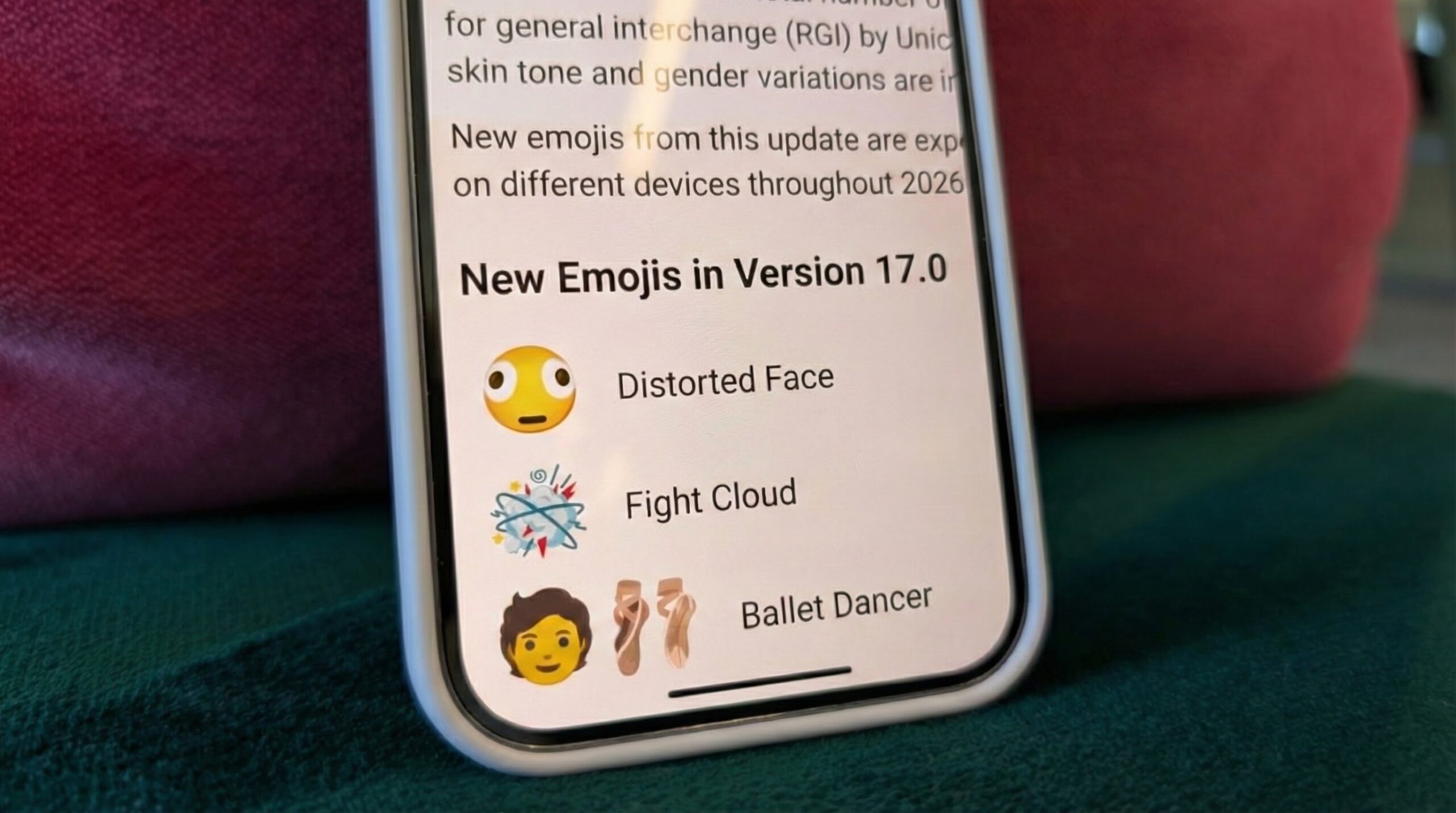
Turning off Nothing’s Lock Glimpse feature might actually make things worse
Jay BonggoltoDecember 18, 2025
0
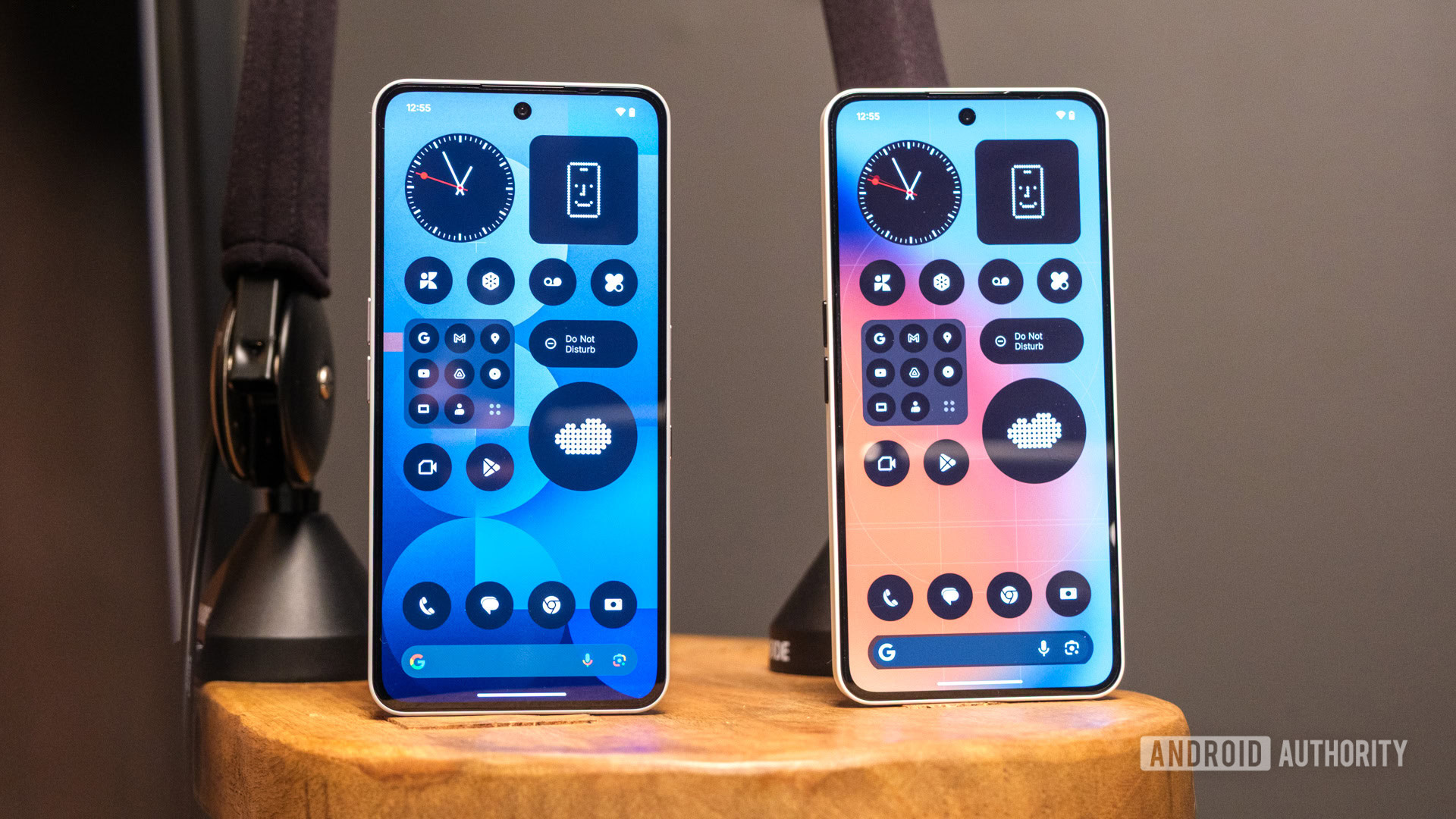
Google's making an annoying change to how you uninstall system app updates (Updated: Reverted back)
Hadlee SimonsDecember 18, 2025
0
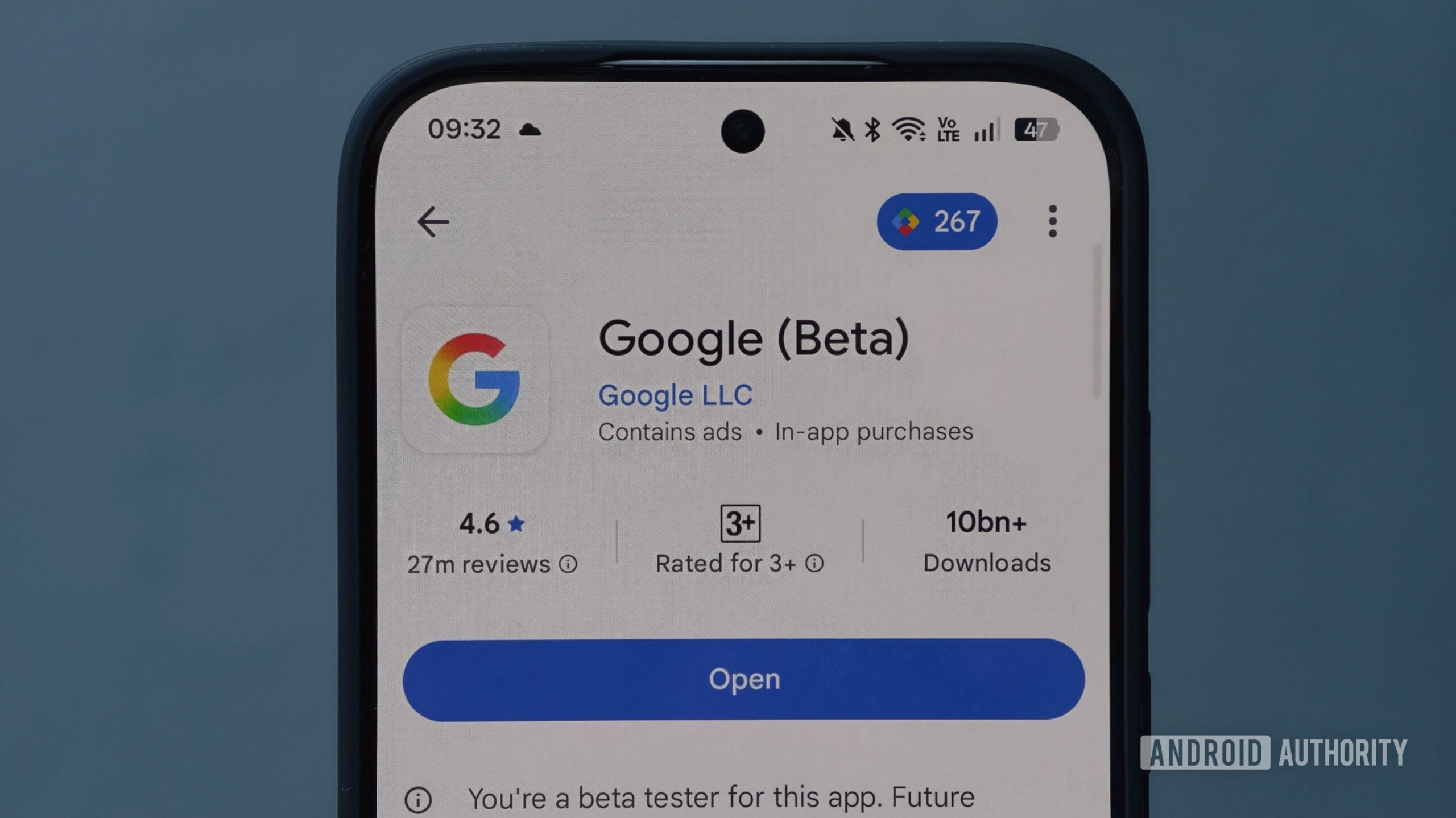
Google continues its desktop push by letting Android 16 QPR3 cast external displays
Mishaal RahmanDecember 17, 2025
0
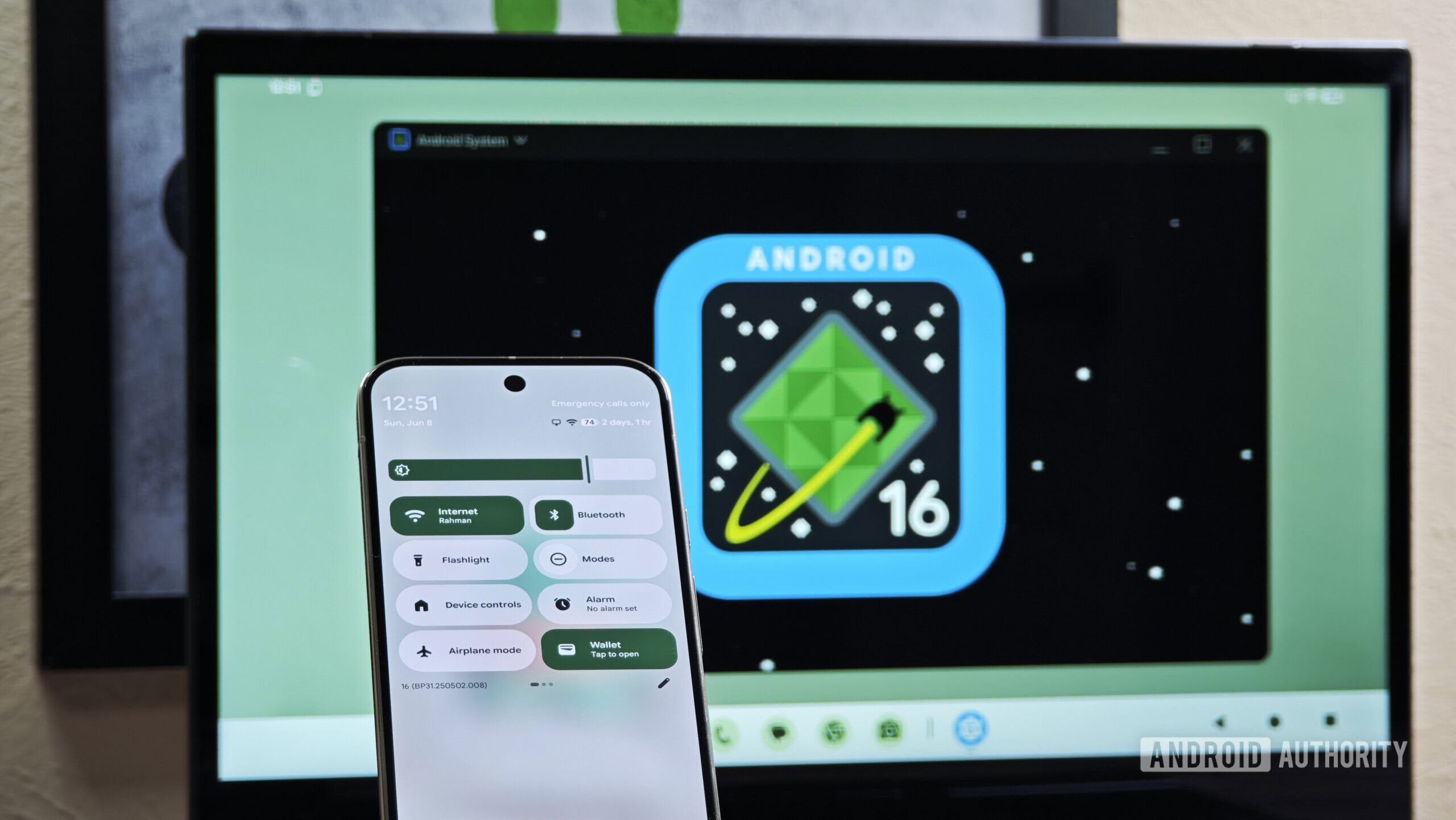
Android 16 QPR3 finally lets you see exactly which app is tracking your location
Mishaal RahmanDecember 17, 2025
0
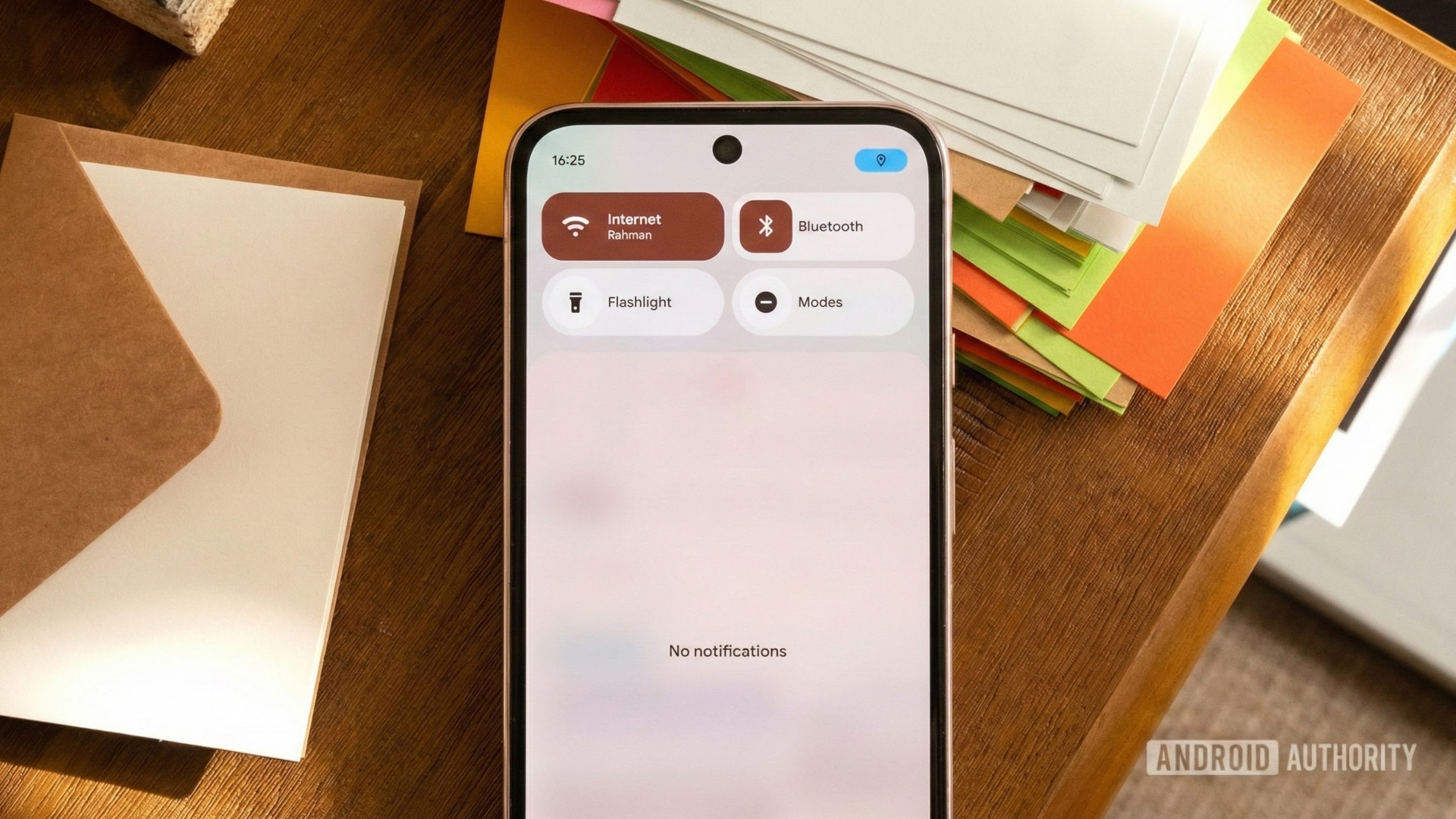
Android 16's final quarterly beta is here for Pixel phones
Mishaal RahmanDecember 17, 2025
0

Don't look now, but your Pixel may be getting a surprise update
Stephen SchenckDecember 17, 2025
0
